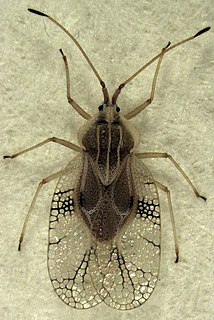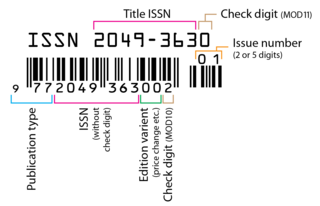Leptoypha is a genus of lace bugs in the family Tingidae. There are about 17 described species in Leptoypha.
Hesperotingis is a genus of lace bugs in the family Tingidae. There are about eight described species in Hesperotingis.
Mummius is a genus of lace bugs in the family Tingidae. There are at least three described species in Mummius.

Tingis is a genus of lace bugs in the family Tingidae. There are at least 130 described species in Tingis.
Atheas is a genus of lace bugs in the family Tingidae. There are about 15 described species in Atheas.
Melanorhopala is a genus of lace bugs in the family Tingidae. There are about five described species in Melanorhopala.
Leptopharsa is a genus of lace bugs in the family Tingidae. There are more than 120 described species in Leptopharsa.
Corythucha distincta is a species of lace bug in the family Tingidae. It is found in North America.

Galeatus is a genus of lace bugs in the family Tingidae. There are about 18 described species in Galeatus.
Acanthocheila is a genus of lace bugs in the family Tingidae. There are about 17 described species in Acanthocheila.

Gargaphia is a genus of lace bugs in the family Tingidae. There are more than 70 described species in Gargaphia.
Vatiga illudens, the cassava lace bug, is a species of lace bug in the family Tingidae. It is found in the Caribbean and South America.
Vatiga is a genus of lace bugs in the family Tingidae. There are about 11 described species in Vatiga.
Minitingis is a genus of lace bugs in the family Tingidae. There are at least two described species in Minitingis.
Cantacaderinae is a subfamily of lace bugs in the family Tingidae. There are about 16 genera and at least 90 described species in Cantacaderinae.

Derephysia is a genus of lace bugs in the family Tingidae. There are more than 20 described species in Derephysia.
Pseudacysta is a genus of lace bugs in the family Tingidae. There is one described species in Pseudacysta, P. perseae.
Calotingis is a genus of lace bugs in the family Tingidae. There are at least two described species in Calotingis.
Corythaica is a genus of eggplant tingids in the family Tingidae. There are more than 20 described species in Corythaica.






